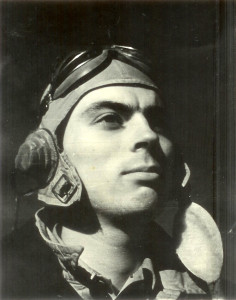 If you look at Don Hubbard’s designation as a naval aviator you will notice that it was made to him as a midshipman. Why?
If you look at Don Hubbard’s designation as a naval aviator you will notice that it was made to him as a midshipman. Why?
World War II ended in 1945 and the military was rapidly downsizing. There were no new wars in sight, so it was reasoned that there really wouldn’t be any need for new pilots. Aviation Cadets in training were immediately given the option to leave the service, and many did, but those who remained were given two choices. Receive their wings and commissions and immediately leave the service and join the Navy Reserve, OR remain on active duty as midshipmen (at midshipman’s pay) and fly in the fleet for one year before commissioning. Aviation Midshipman’s pay then was $65 plus 50% flight pay or $97.50/month.
No one had suspected that the Soviets and their satellites would soon become hostile to the U.S. and require top-secret surveillance flights and even combat missions over Korea. Consequently many midshipmen, including Don, were flying combat missions at the non-commissioned rank and at the $97.50 pay grade. In Don’s case, the “combat” missions were top-secret “ferret” missions designed to discover Communist radar sites along the Baltic and Adriatic Seas. Altogether Don flew 21 of these missions out of the U.S. Naval Air Facility in Port Lyautey (now Kinetra), French Morocco. In May, 1950, one of the Squadron’s flights in the Baltic resulted in the death of ten crew members when their aircraft approached too close to the coast of Latvia, then under Russian control. This was the first aircraft shot down in the Cold War.
{ 0 comments… add one now }